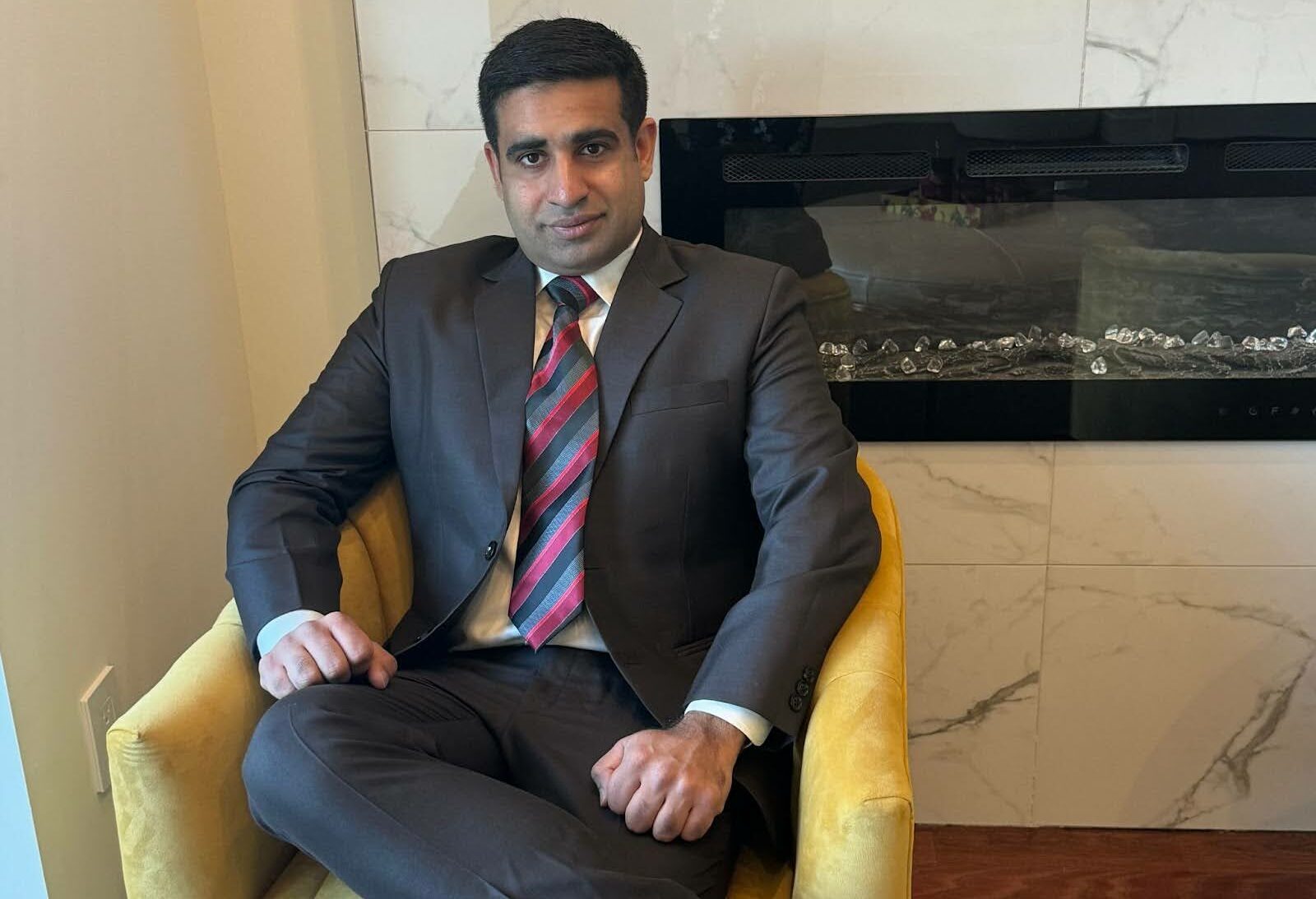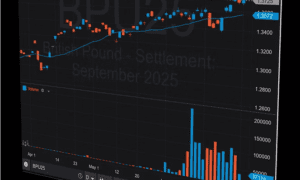Accuracy and efficiency are paramount in the high-stakes world of financial modeling, where operational inefficiencies and the ever-present risk of human error have long plagued traditional stress testing methods. Akhil Khunger, a seasoned quantitative finance professional with over a decade of experience, witnessed these challenges firsthand during his tenure at a global banking and financial services giant.
As the financial services industry wrestles with dynamic regulatory and technological innovation, the implementation system Khunger developed attests to the power of automation in transforming age-old processes.
Automating the CCAR Stress Testing Process
The Comprehensive Capital Analysis and Review (CCAR) stress testing process, a regulatory requirement for financial institutions, was a laborious undertaking at the global banking giant. Khunger’s team grappled with the daunting task of manually running multiple financial models, each executed individually, with the outputs painstakingly consolidated using Excel. This fallible process could take up to two weeks to complete.
Khunger recognized the need for a paradigm shift, which led to the development of a comprehensive model implementation system designed to streamline and automate the CCAR stress testing production process. The system’s four-part architecture – model data, model execution, model outputs, and model governance – was a masterclass in efficiency and scalability.
“We assigned team members to collect all the required data, including historical data for all models, macroeconomic variables, and business input variables,” Khunger explains. “The data was saved in an SQL database, and a data pipeline was established to provide the model execution with the necessary inputs in the desired format.”
Model Implementation System: Architecture and Implementation
Coding proficiency is central to Khunger’s model implementation system, which enabled the dynamic execution of various model types, including linear regression, logistic regression, machine learning models, and business models. The code was designed with reusability and scalability in mind, ensuring the system could adapt to future demands and evolving regulatory requirements.
“We gathered feedback from model users about the features they wanted in the interface and added historical charts, forecasting charts, and model output tables,” Khunger recalls.
The system’s ability to overlay model outputs, adding, scaling, or overriding existing outputs based on business feedback during production further enhanced its versatility and responsiveness to real-world scenarios.
Ensuring Governance, Risk Mitigation, and Seamless Integration
While implementing the system was a complex initiative, Khunger’s team took meticulous measures to ensure it was seamlessly integrated and adhered to rigorous governance standards. User Acceptance Testing (UAT) was conducted, and no discrepancies were found between the new system and the existing process.
“We took measures to ensure that the historical and production data, model development code, and model output updates, such as overlays, were updated only after obtaining approvals from the governance and undergoing peer review,” Khunger emphasizes. This underscores the system’s commitment to transparency and risk mitigation.
The implementation system’s impact on the global bank’s stress testing process was nothing short of transformative. Production time was reduced from two weeks to a single day, and the process could be executed by two individuals instead of eight, resulting in significant cost savings and operational efficiencies.
The Future of Financial Modeling
While Khunger’s implementation system was born out of necessity, its implications extend far beyond the confines of the global bank’s stress testing procedures. His ingenious approach catalyzes change as the financial services industry grapples with regulatory compliance, data-driven decision-making, and the pursuit of operational excellence.
“The future of financial modeling is in the seamless integration of technology and human expertise,” Khunger reflects. “Automating the mundane and error-prone tasks can free up valuable resources to focus on our work’s strategic and analytical aspects, driving innovation and creating value for our clients and stakeholders.”
However, critics argue that over-relying on automation in the financial industry could lead to a loss of institutional knowledge and a diminished understanding of the underlying processes. While acknowledging automation as a powerful tool, they caution that it should not be viewed as a replacement for human expertise and judgment. Instead, the true value is balancing technological innovation and cultivating a deep understanding of financial models and their implications.
The debate surrounding the role of automation and its impact on traditional processes will undoubtedly intensify as the financial services industry continues to evolve. One thing is certain, however: Khunger’s implementation system has set a precedent for what can be achieved when innovation, expertise, and excellence converge.



































